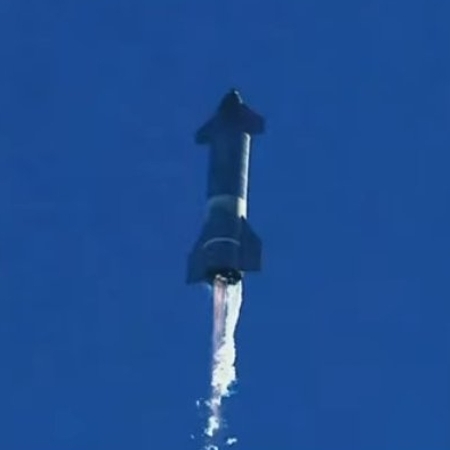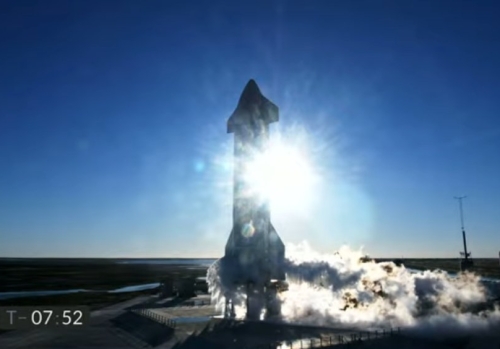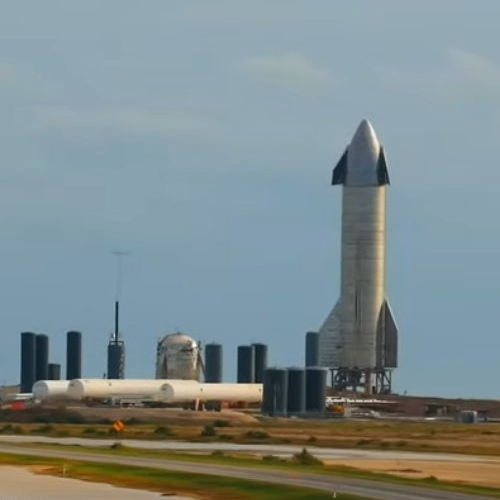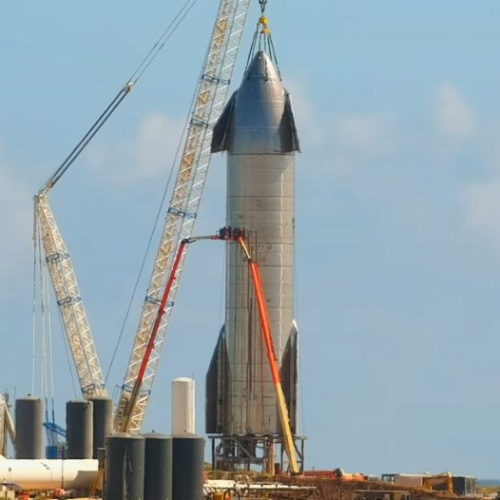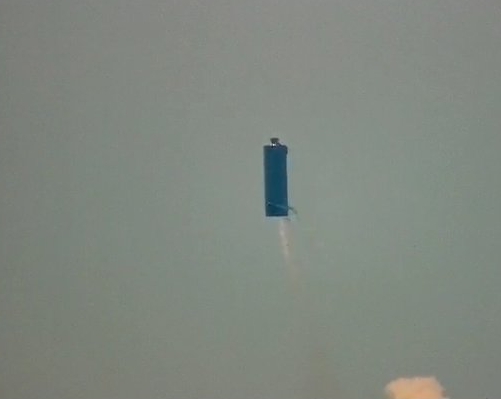Breaking: Starship prototype #9 tips over inside assembly building
It appears from the 24-hour live stream provided by LabPadre that the ninth Starship prototype tipped over inside the assembly building to rest against one wall. You can see it happen at about 8 seconds into the video below:
No word on whether anyone was hurt, nor any information about the cause. My guess is that it occurred during the operations to move this prototype to the launchpad.
UPDATE: It appears no one was hurt, but there is damage to the fins, which might also mean damage to the hull. This in turn might make it unsafe to fly this prototype, as the hull forms the walls of the methane/oxygen tanks.
The day has not been good for SpaceX. Earlier they had to scrub the launch of a commercial communications satellite at T-30 seconds for reasons that they did not provide. High altitude winds had delayed the launch an hour or so, but it appears this was not the reason. According to SpaceX’s website, “SpaceX is standing down from Friday’s launch attempt of the SXM-7 mission to perform additional ground system checkouts.” They are targeting Sunday for the next launch attempt.
It appears from the 24-hour live stream provided by LabPadre that the ninth Starship prototype tipped over inside the assembly building to rest against one wall. You can see it happen at about 8 seconds into the video below:
No word on whether anyone was hurt, nor any information about the cause. My guess is that it occurred during the operations to move this prototype to the launchpad.
UPDATE: It appears no one was hurt, but there is damage to the fins, which might also mean damage to the hull. This in turn might make it unsafe to fly this prototype, as the hull forms the walls of the methane/oxygen tanks.
The day has not been good for SpaceX. Earlier they had to scrub the launch of a commercial communications satellite at T-30 seconds for reasons that they did not provide. High altitude winds had delayed the launch an hour or so, but it appears this was not the reason. According to SpaceX’s website, “SpaceX is standing down from Friday’s launch attempt of the SXM-7 mission to perform additional ground system checkouts.” They are targeting Sunday for the next launch attempt.

